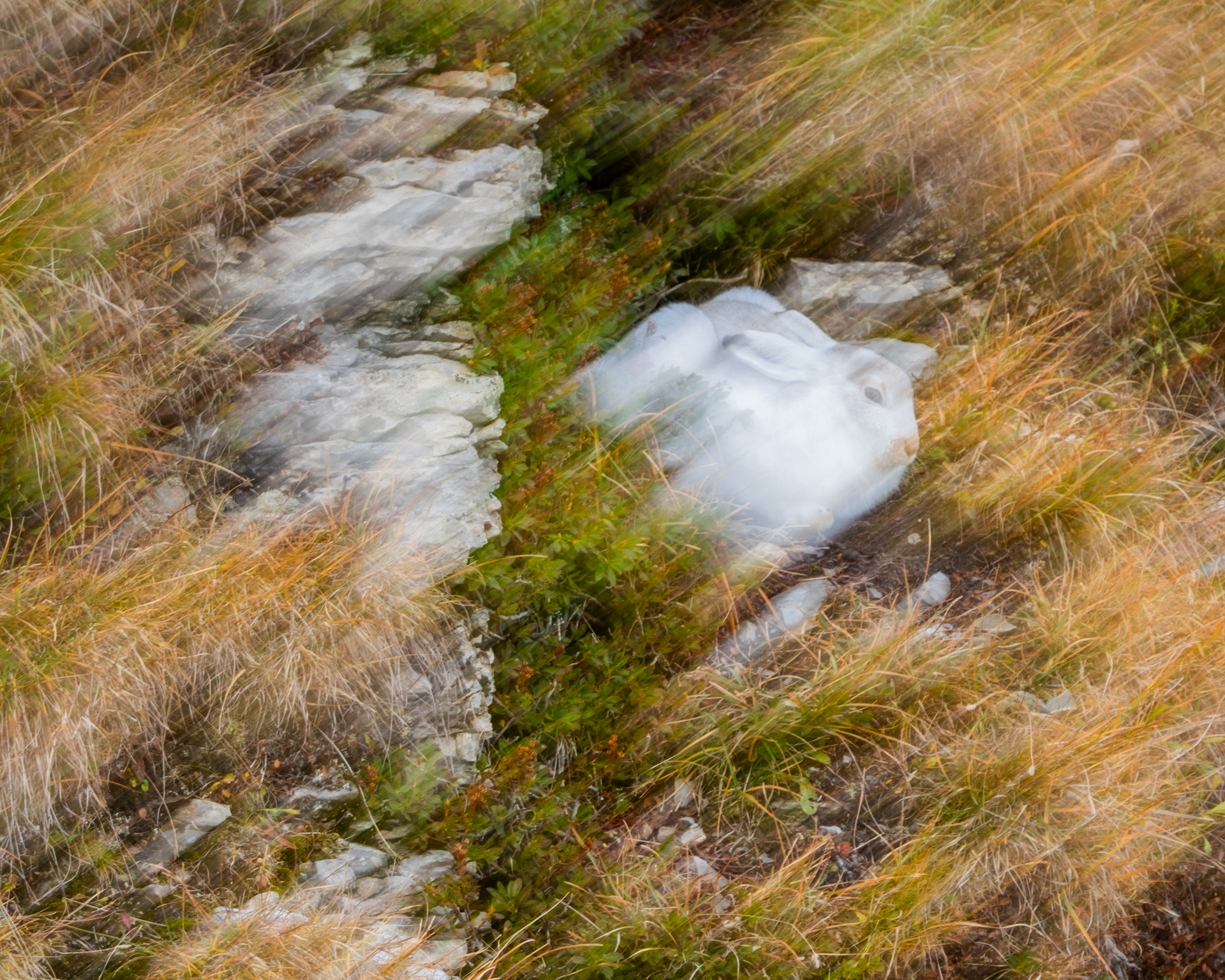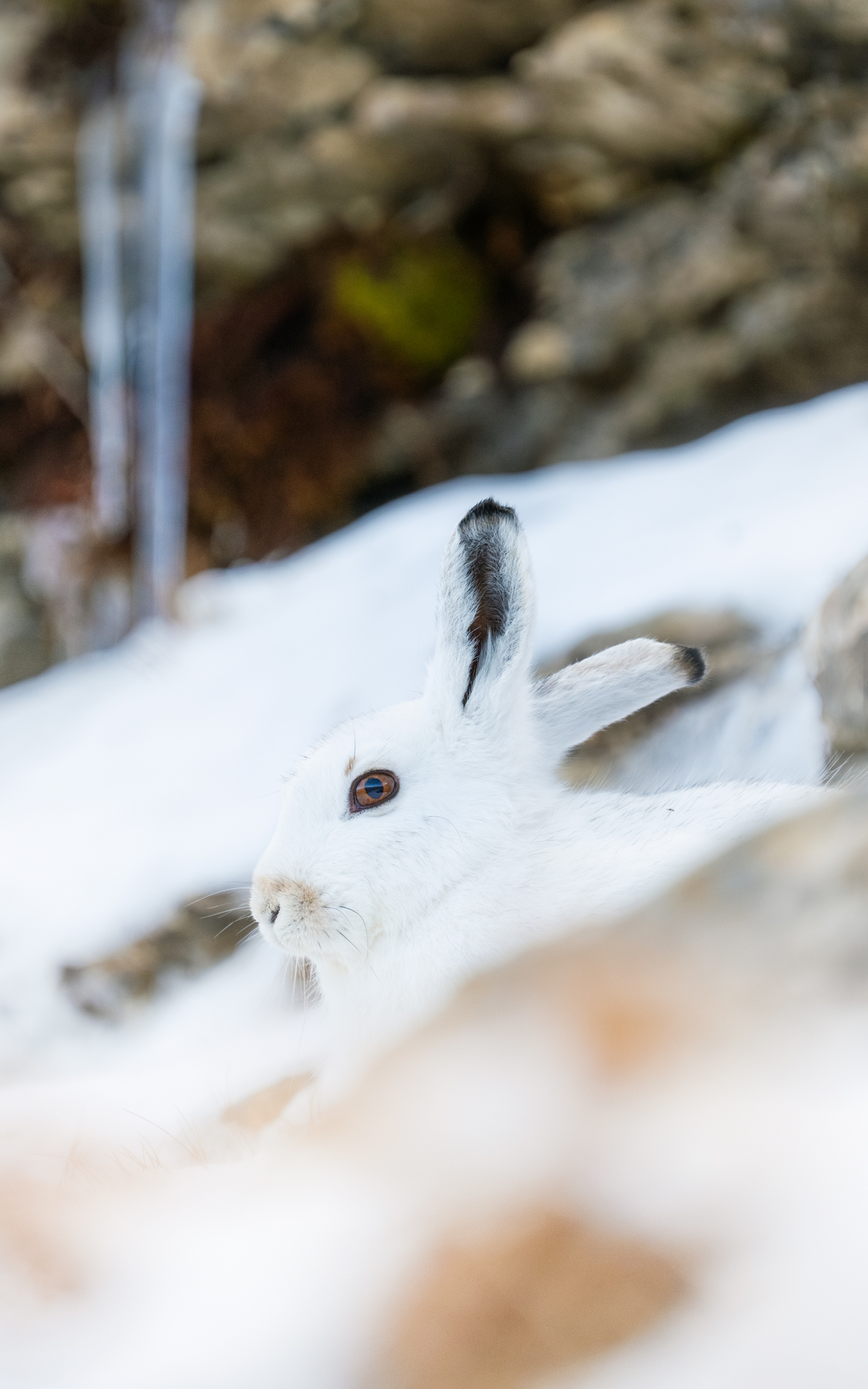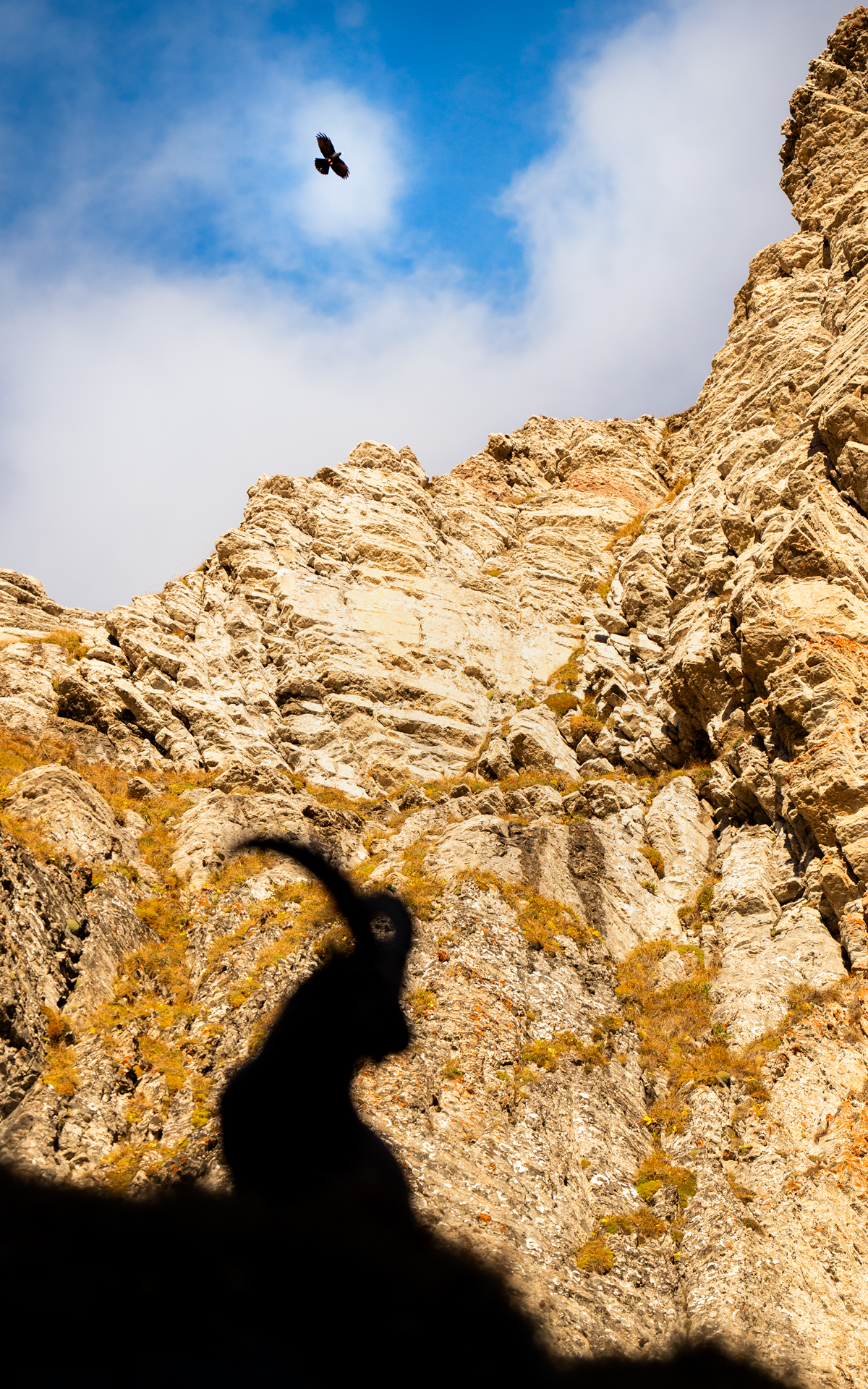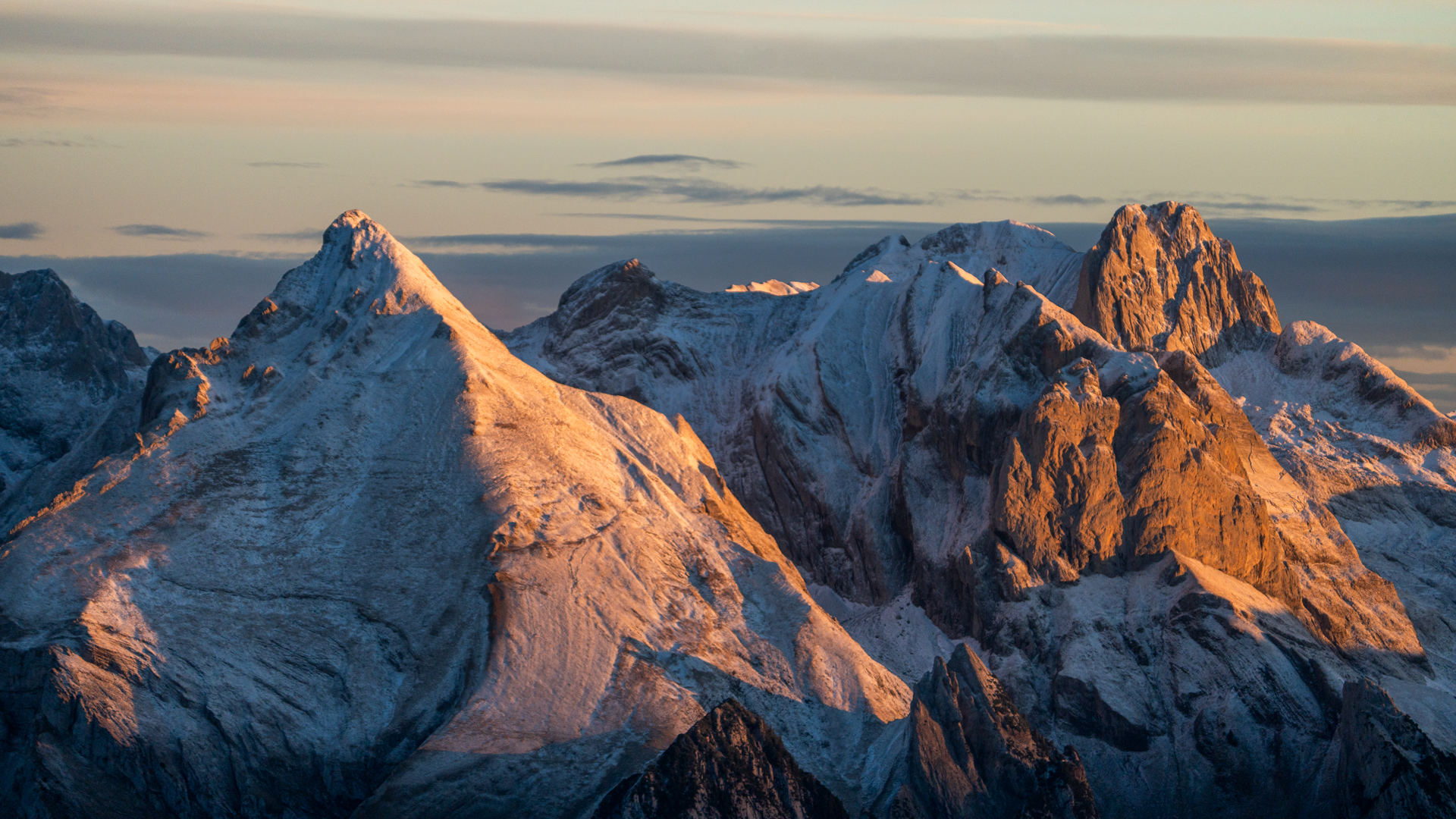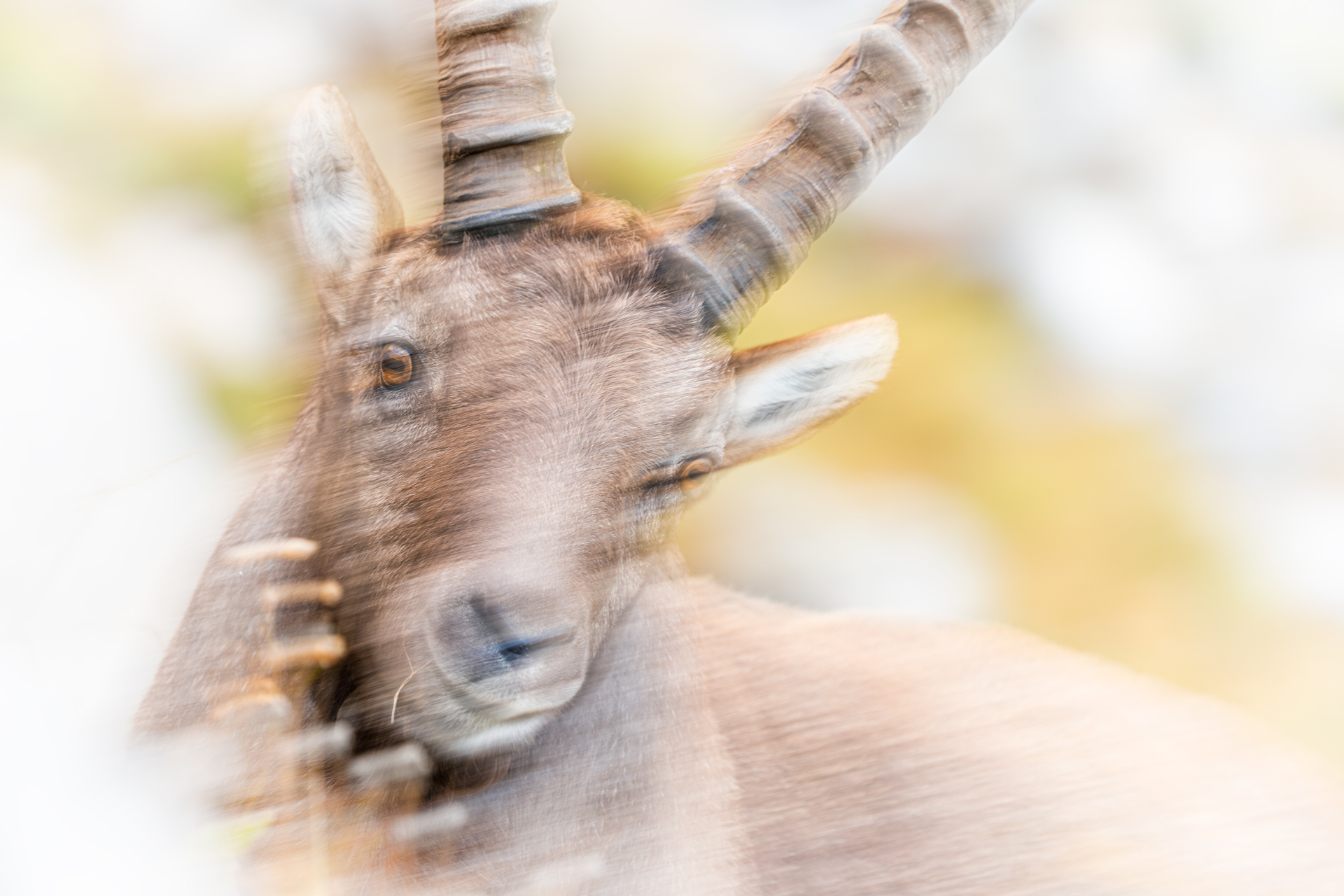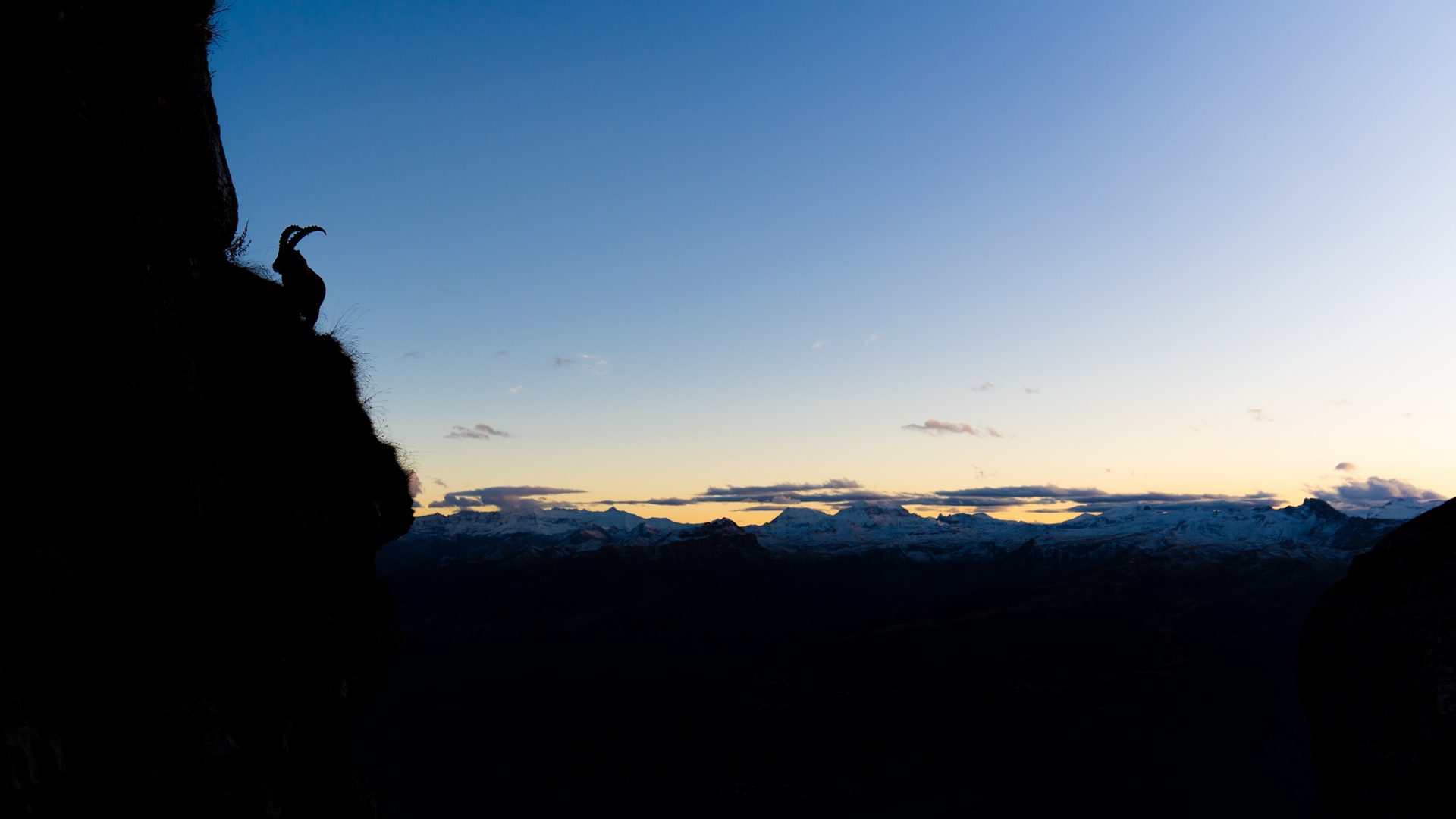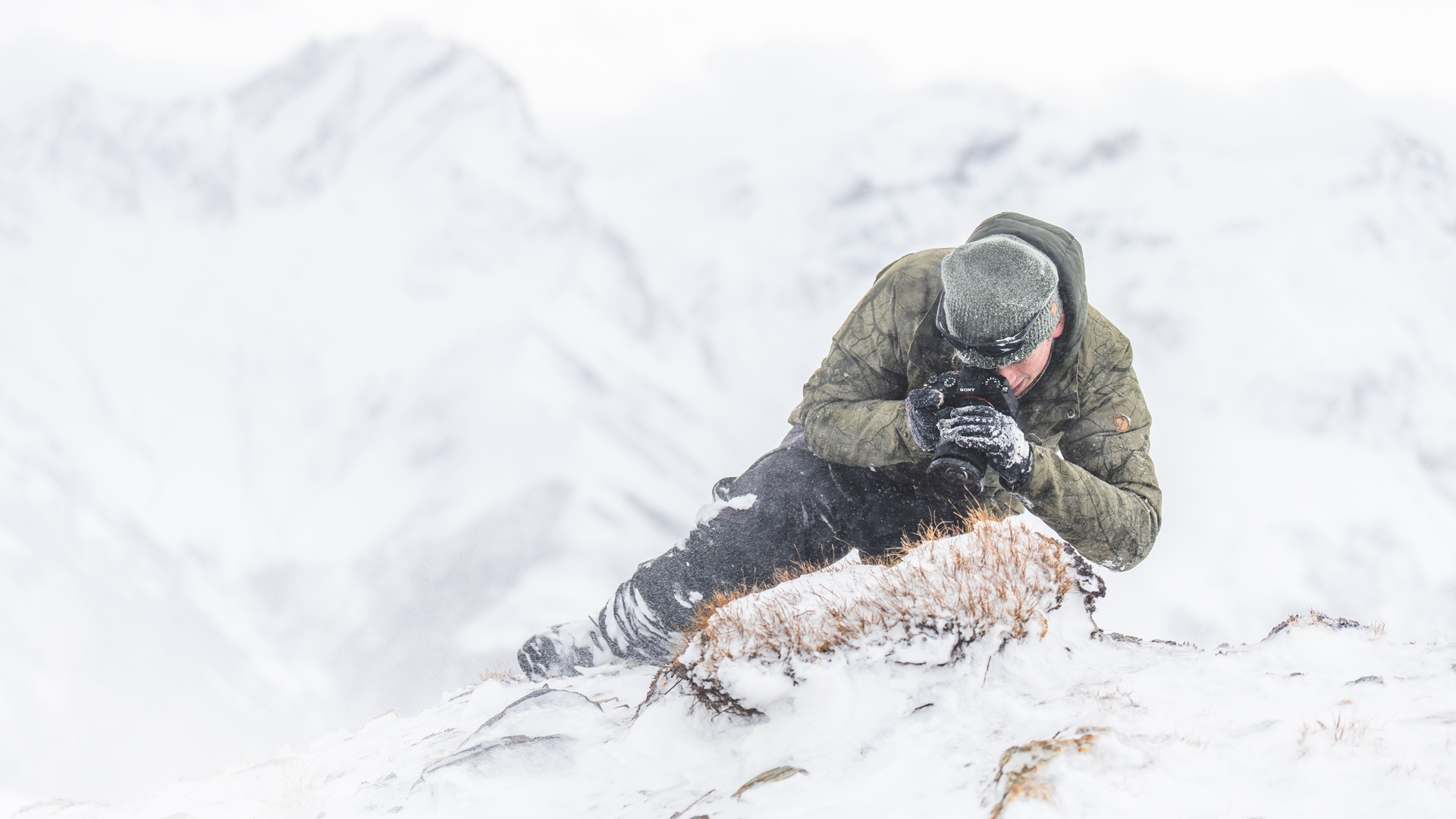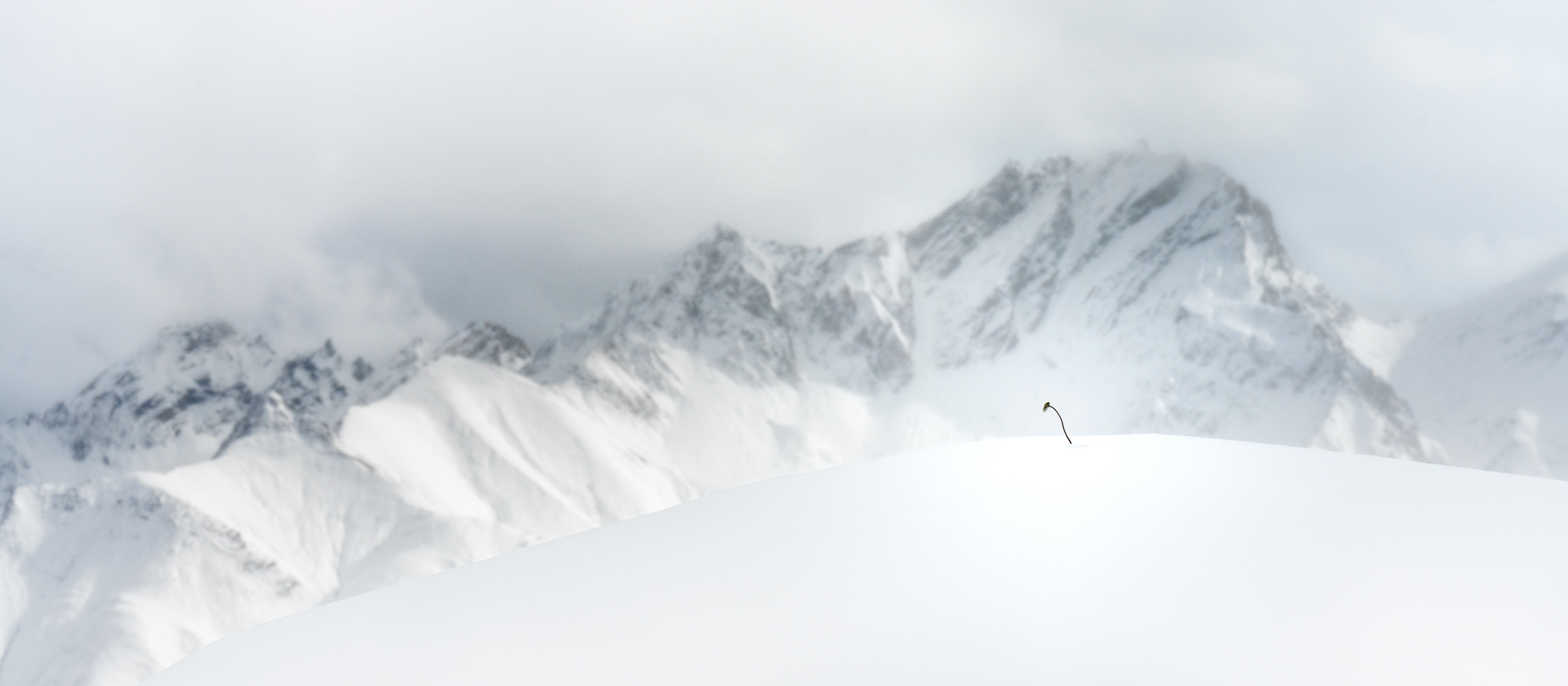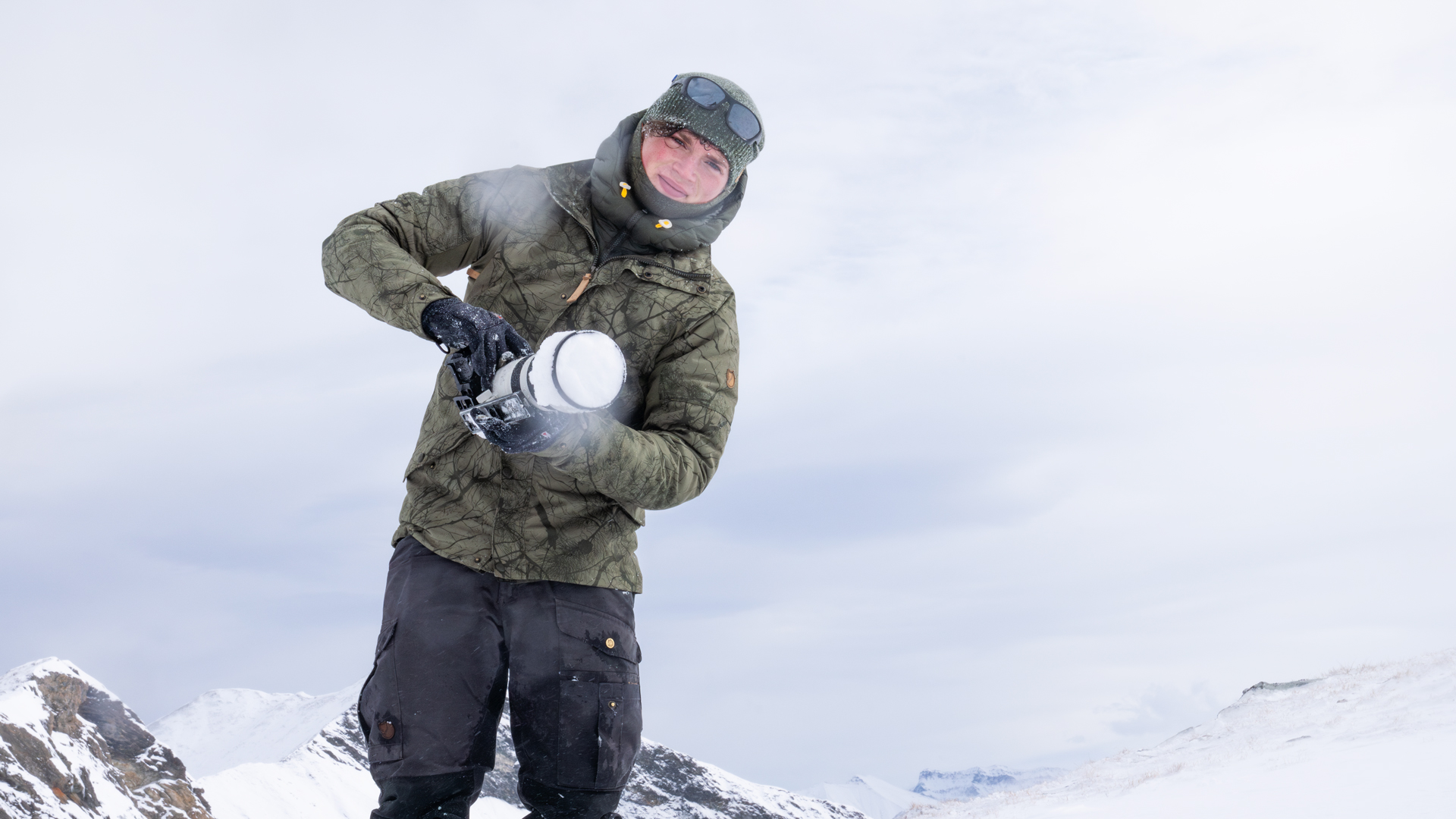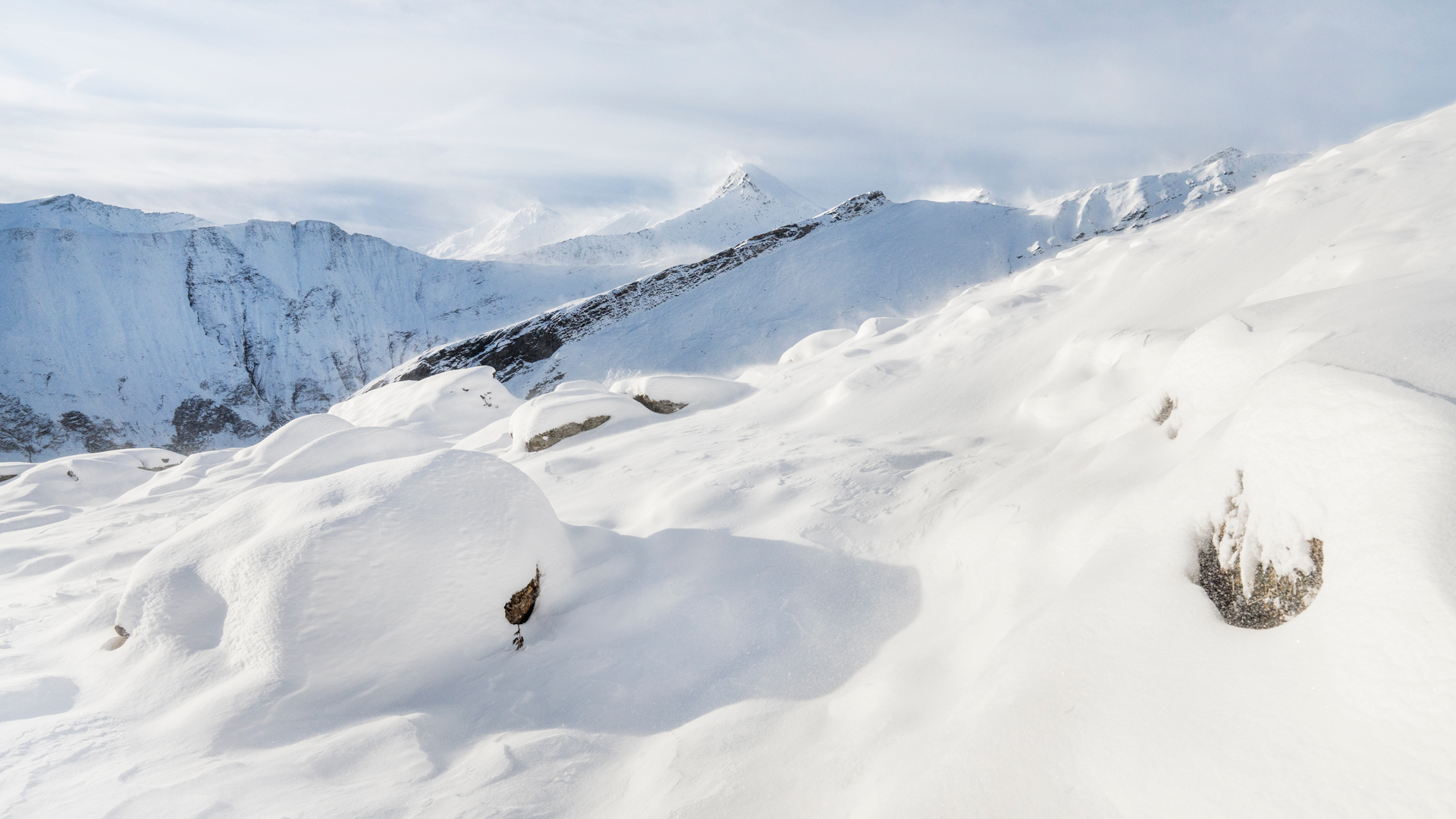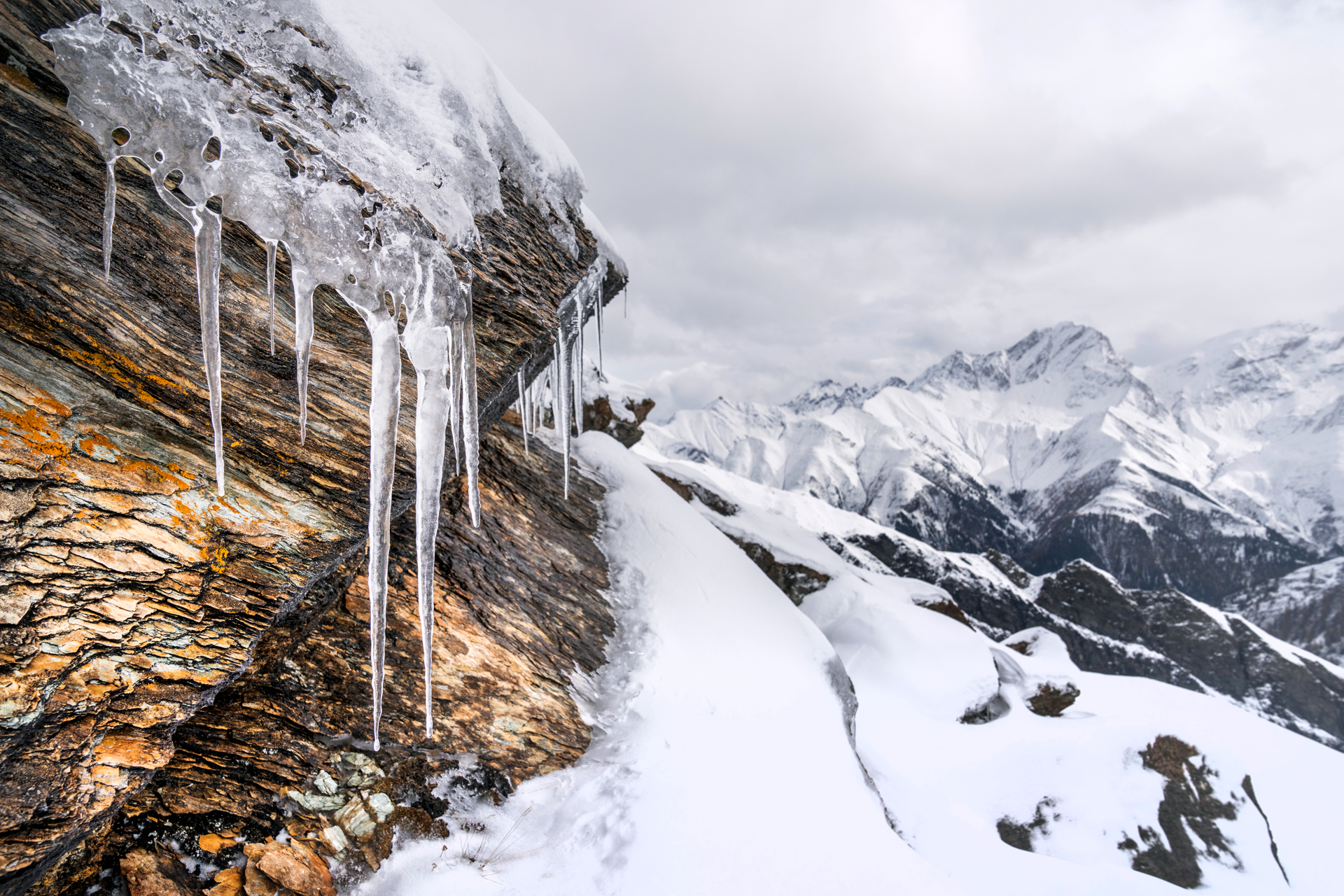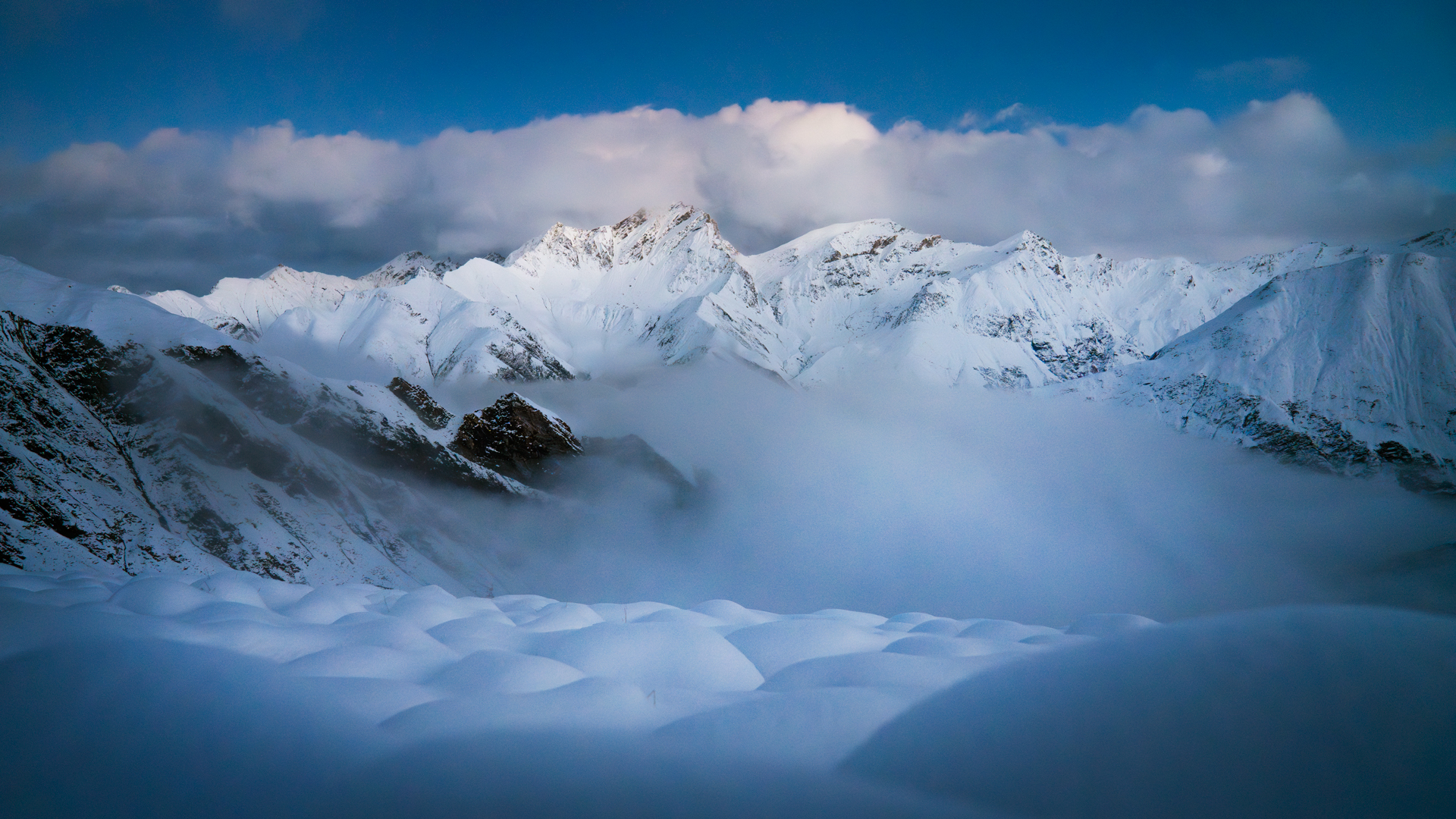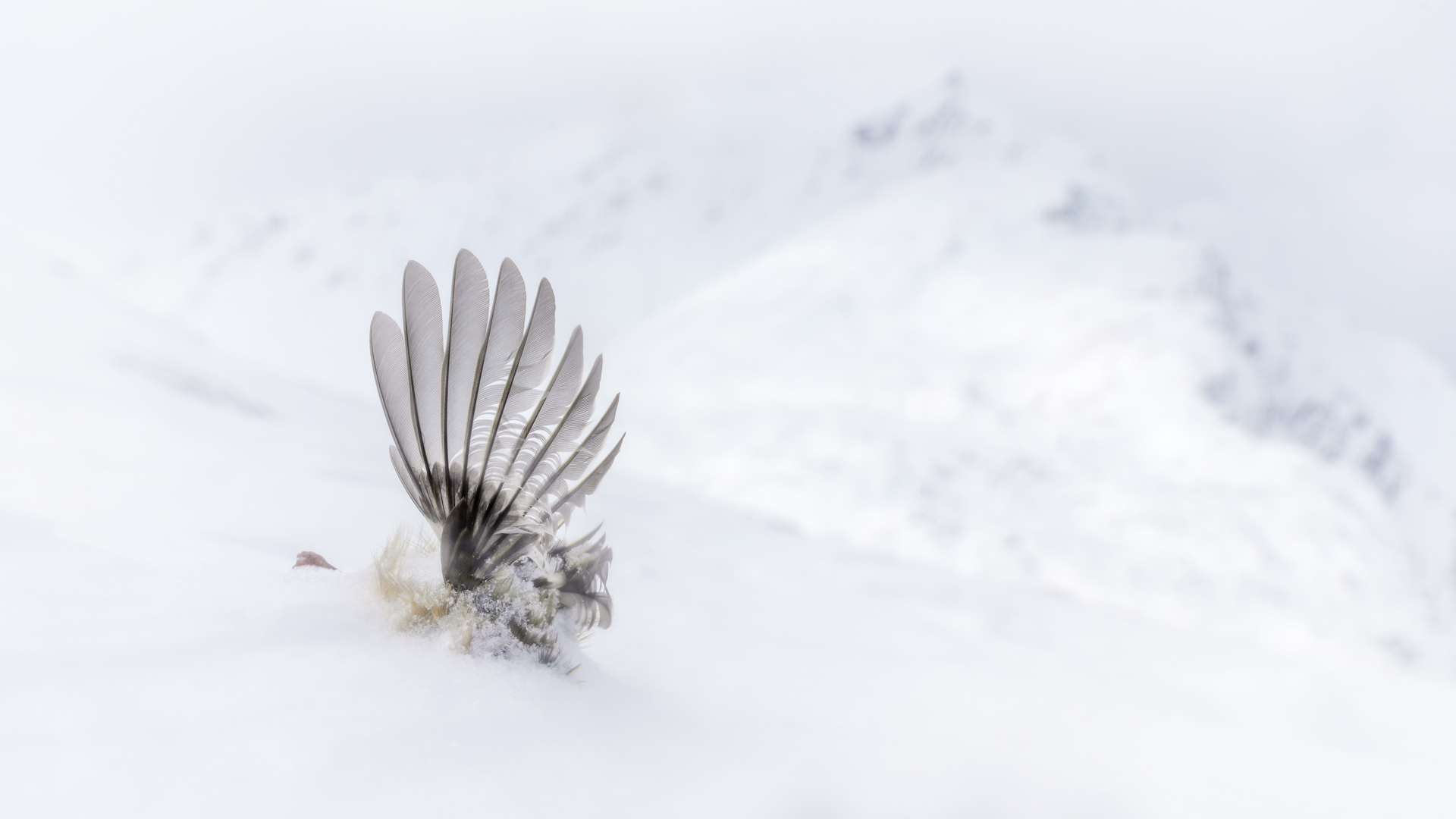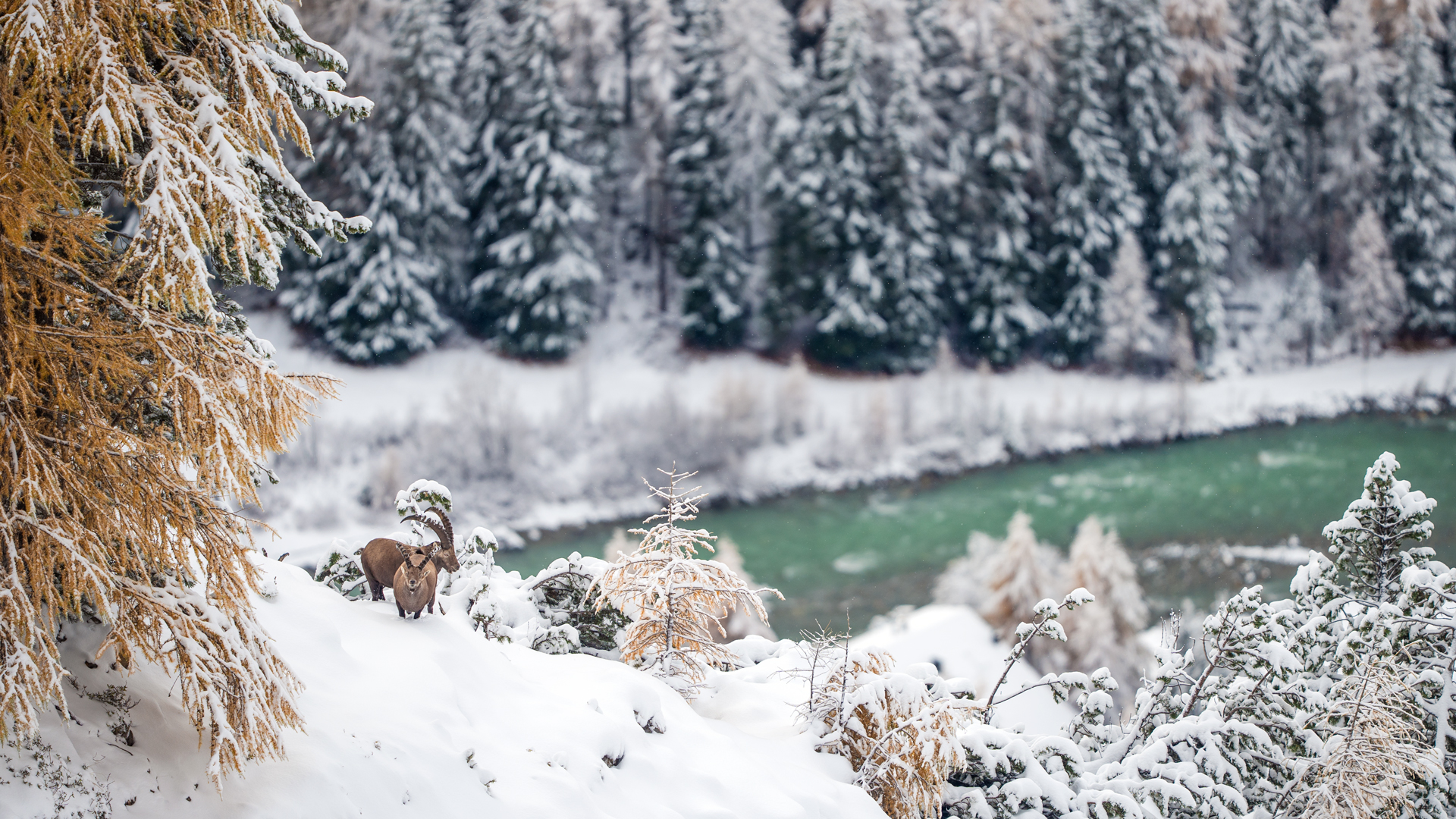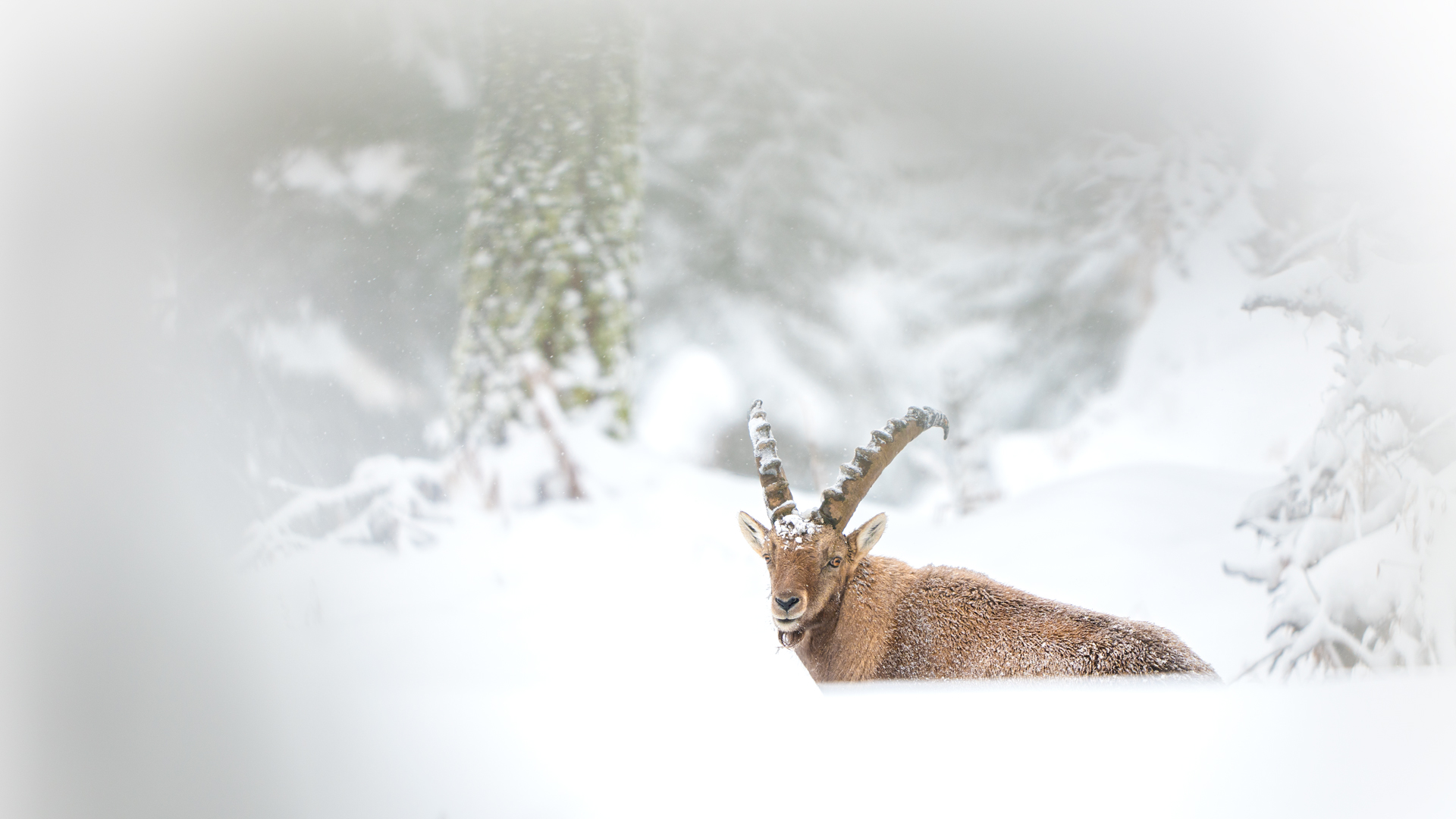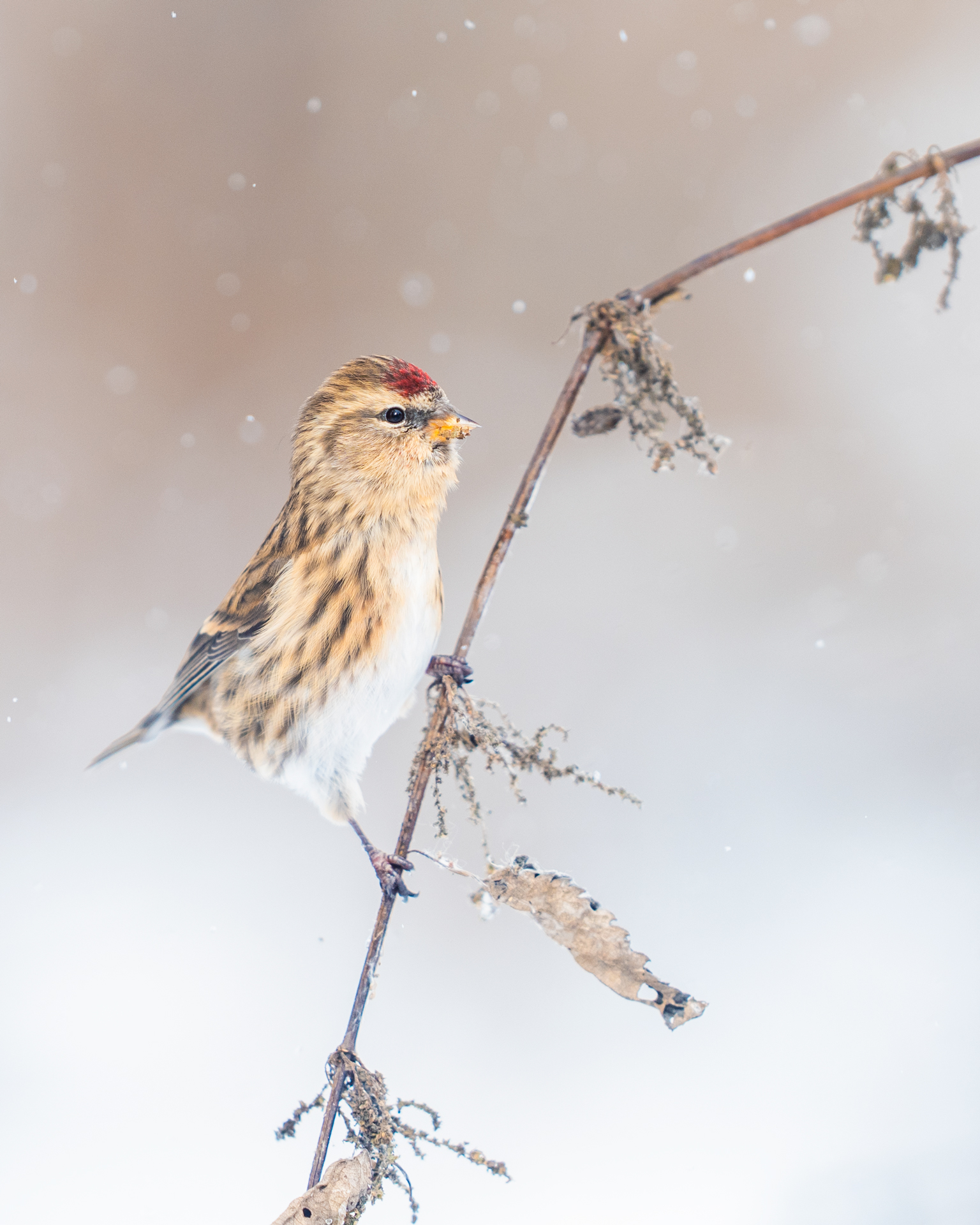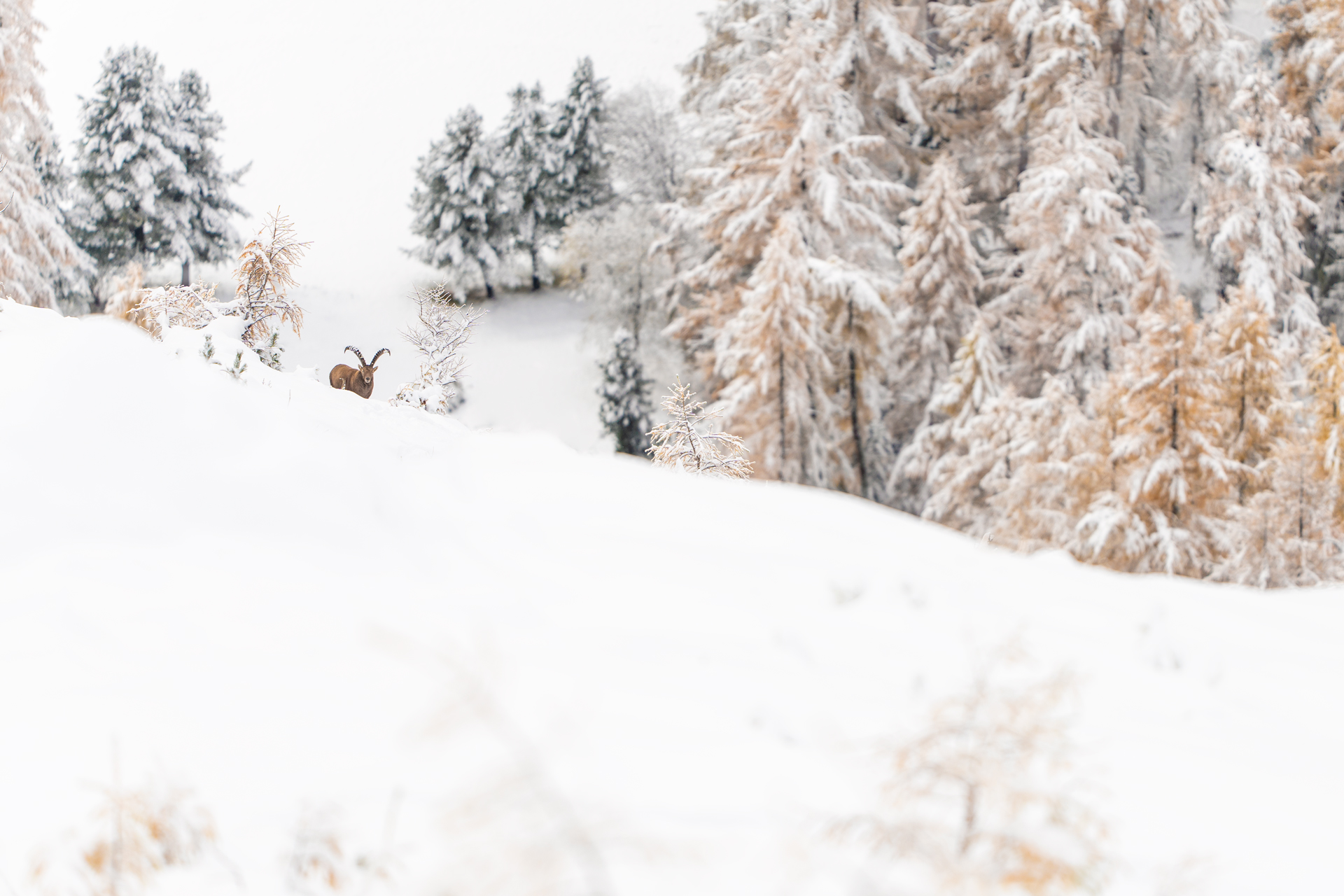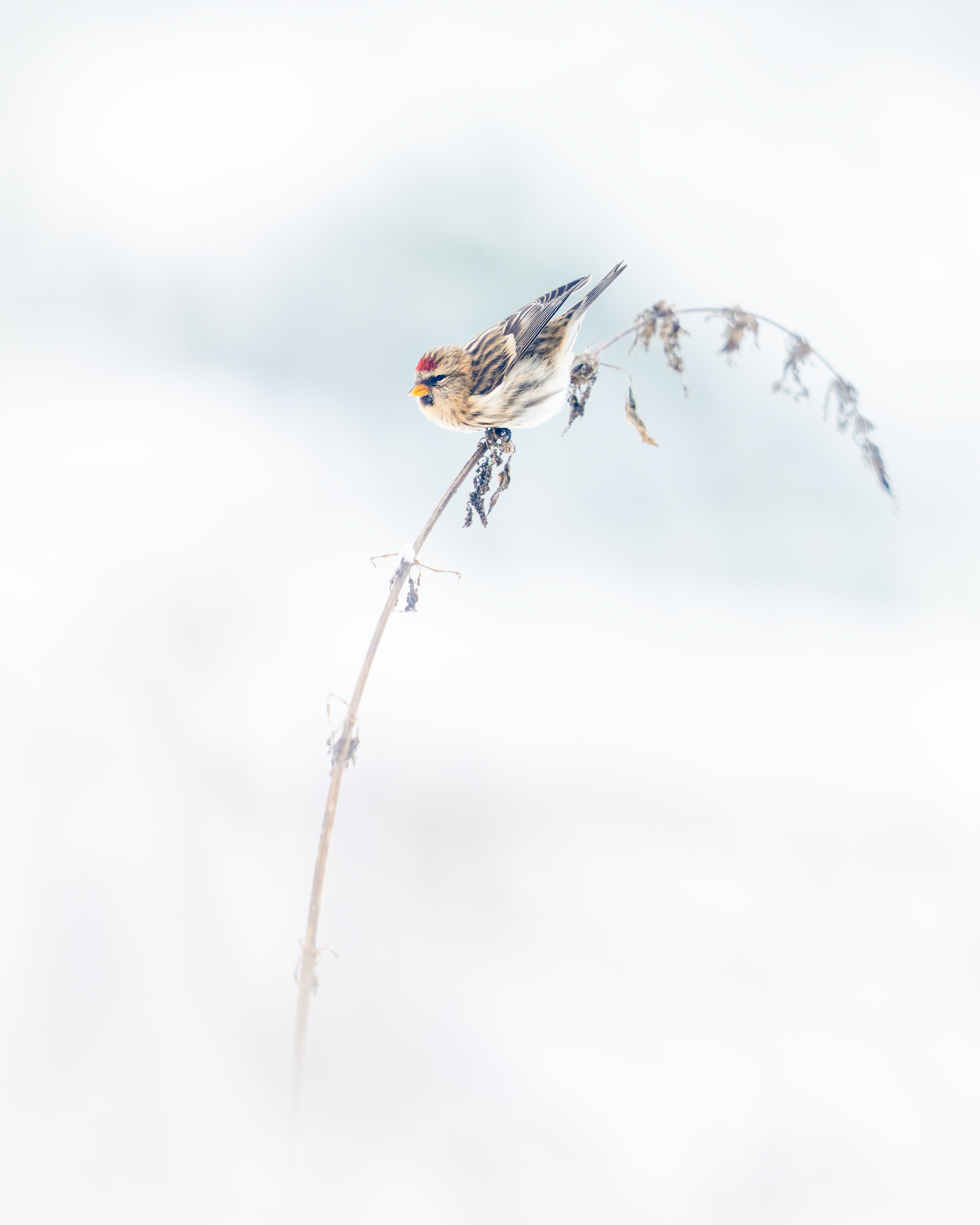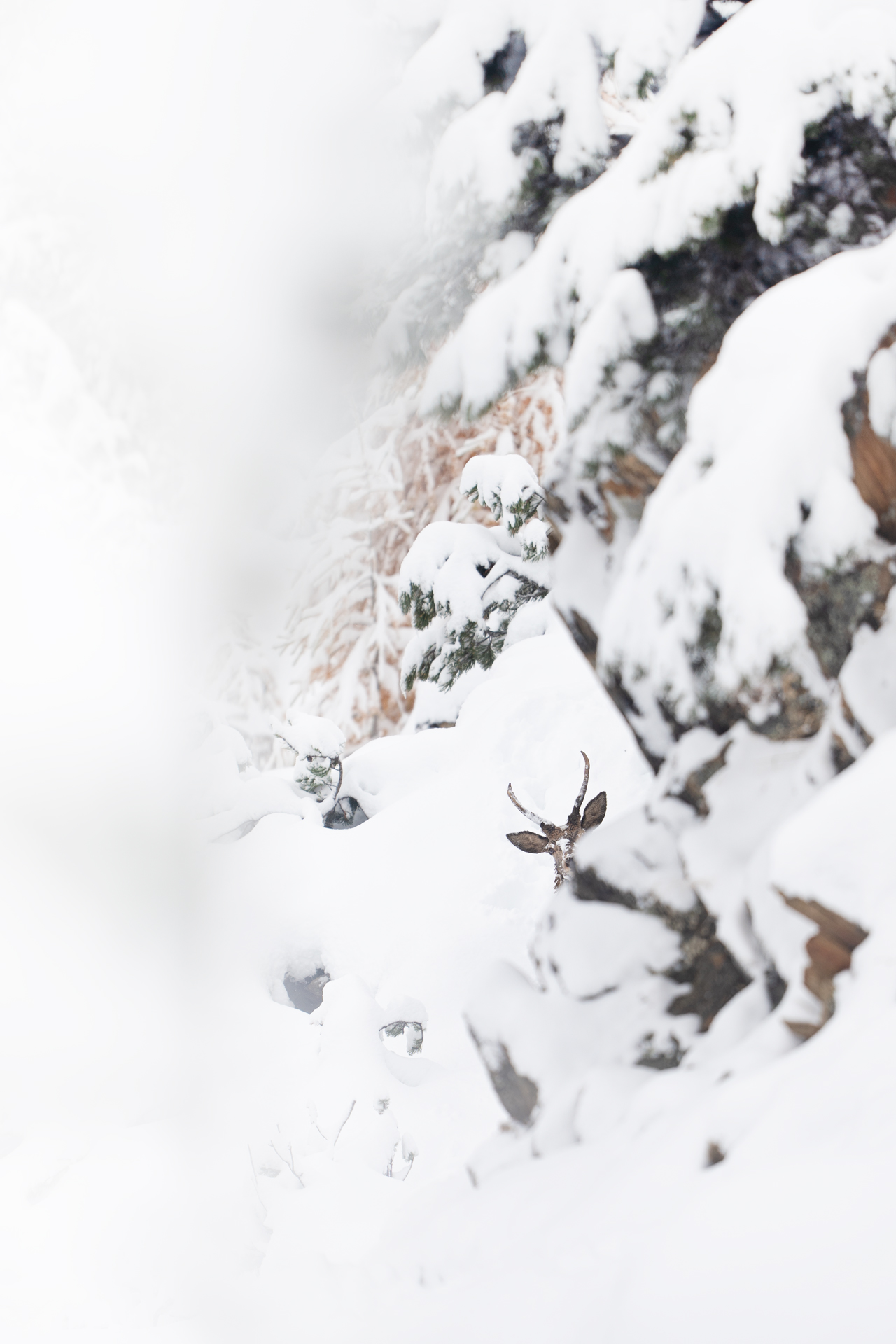One week in the mountains
I spent the last eight days in the Swiss mountains. I was accompanied by Carmel Bechler, a young Israeli photographer who was recently named "Young Wildlife Photographer of the Year". You can find his work here. I had been keeping the week free to go to the mountains for some time anyway. It therefore worked out perfectly that Carmel spontaneously joined me. We spent the time in the mountain regions of eastern Switzerland in the Alpstein, Grisons and Engadin.
The week began with two nights in tents in the Alpstein region. We were generally lucky with the weather, but we were surprised by snowfall and strong winds on the first night in our tents. The night in the tent in freezing temperatures was a literal cold start for Carmel, who was travelling in the snow for the first time. But we survived the two nights and were rewarded with beautiful light moods and wildlife sightings. As a highlight, we were able to observe and photograph two snow hares.
We spent the next three nights in Graubünden in a small mountain hut above the tree line. Our actual goal, the rock ptarmigan, remained undiscovered. Instead, I experienced the first real snow of the winter, which covered the landscape in a beautiful white colour. Understandably, in the icy temperatures and strong winds, we could barely make out any signs of living creatures. However, we were quite astonished when we discovered a frozen goldcrest at the top of the mountain. This small bird, about 9 centimetres long, was probably trying to cross the Alps despite the wind and snow. It's amazing what hardships migratory birds take on on their way south and often survive. However, this goldcrest was surprised by the icy temperatures at an altitude of over 2500 metres. Apart from that, we hardly spotted any wildlife and therefore mutated into landscape photographers over the three days.
Our last stage took us to the Engadin for two days. There, too, the yellow spruce trees were already covered in a layer of white snow when we arrived. The conditions were perfect with light snowfall and we spent both days hiking and looking for motifs from dawn to dusk. Our greatest hope was to come across ibexes, which defy the snow. We actually managed to do this twice, albeit at quite a long distance. But the snow-covered landscape was so magical that it was enough for the motif to take up a small space in the picture. Apart from the Alpine ibexes, we observed chamois, red deer, bearded vultures and managed to take pictures of linnets and coal tits.
Thanks for reading the blog!
If you are interested in my latest projects, you will find the form for the newsletter below.

